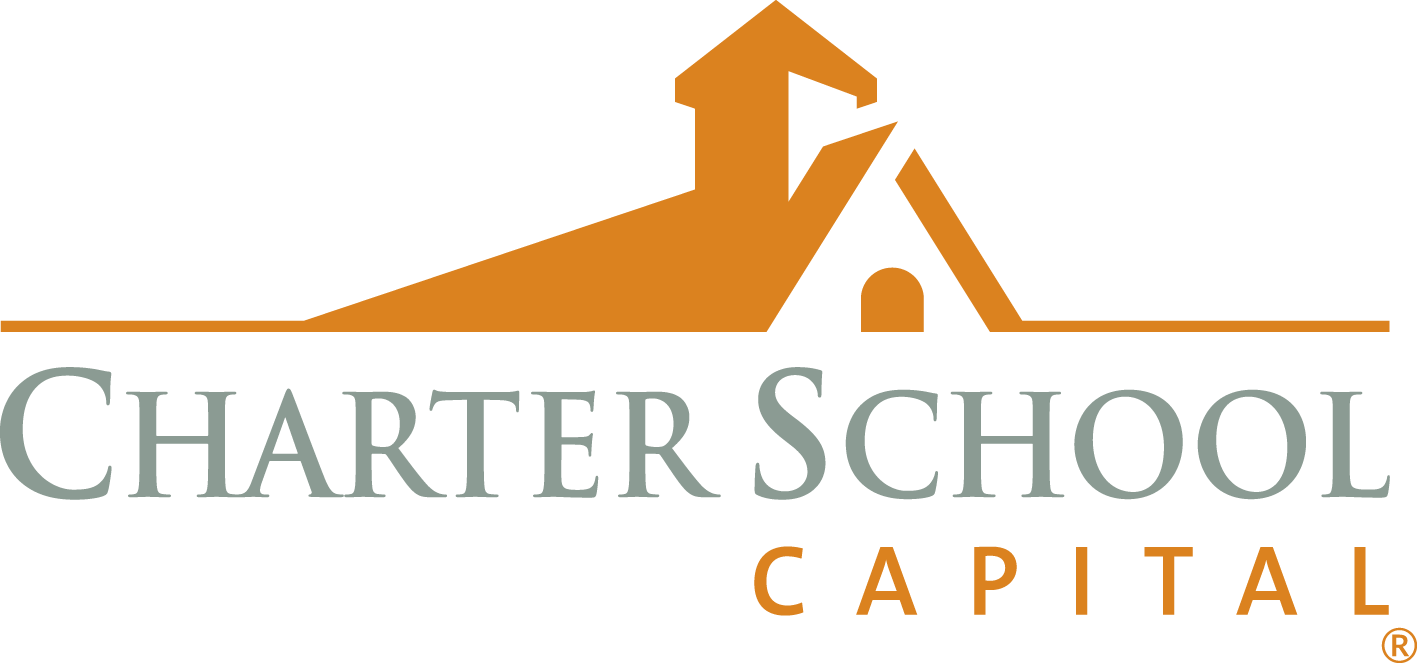Vital Resources for Creating Healthy Schools
Editor’s Note: This post was originally published here, by Child Trends on January 31, 2019 and was written by the following authors: Jamie Chriqui, Victoria Stuart-Cassel, Deborah Temkin, Elizabeth Piekarz-Porter, Kristy Lao, Heather Steed, Kristen Harper, Julien Leider, Alexander Gabriel.
Child Trends partnered with the Institute for Health Research and Policy at the University of Illinois at Chicago and EMT Associates, Inc. to review relevant state statutes and regulations enacted as of September 2017 and analyze their alignment with the Whole School, Whole Community, Whole Child (WSCC) model of healthy schools. This article compiles that research into a collection of great information and handy state-specific resources.
We think it’s vital to keep tabs on the pulse of all things related to charter schools, including informational resources, and how to support school choice, charter school growth, and the advancement of the charter school movement as a whole. We hope you find this—and any other article we curate—both interesting and valuable.
Using Policy to Create Healthy Schools: Resources to Support Policymakers and Advocates
A healthy school is one that fully supports a student’s academic, physical, emotional, and social well-being. Increasingly, state education policies are moving beyond a focus on academic mastery to include aspects of healthy schools. Despite a growing knowledge base that stresses important linkages among aspects of well-being, policies tend to address students’ physical health separately from their mental and emotional health, which are, in turn, both addressed separately from a school’s social and emotional climate. To date, reflecting the siloed nature of policies, no comprehensive analysis of state policies has covered all domains of healthy schools.
RELATED: Download this Foundations of a Healthy Building datasheet to learn to the nine foundations of a healthy school and how your school building affects student health, attendance, and performance. Learn how to transform your school building into an ideal space for your students, teachers, and staff to thrive.
As part of the Robert Wood Johnson Foundation’s Together for Healthy and Successful Schools Initiative, Child Trends partnered with the Institute for Health Research and Policy at the University of Illinois at Chicago and EMT Associates, Inc. to review relevant state statutes and regulations enacted as of September 2017 and analyze their alignment with the Whole School, Whole Community, Whole Child (WSCC) model of healthy schools. The WSCC covers 10 domains: health education; physical education and physical activity; nutrition environment and services; health services; counseling, psychological, and social services; social and emotional climate; physical environment; employee wellness; family engagement; and community involvement. Findings from this work are compiled in three products to help policymakers and advocates better understand the current landscape and consider the creation of policies that promote healthy schools:
A series of briefs describing states’ overall coverage of the WSCC and the comprehensiveness of each WSCC domain:
- National Overview
- Health Education
- Physical Education and Physical Activity
- Nutrition Environment and Services
- Health Services
- Counseling Psychological and Social Services
- Social and Emotional Climate
- Physical Environment
- Employee Wellness
- Family Engagement
- Community Involvement
- WSCC References
A series of cross-domain briefs that explore common policy approaches that bridge the WSCC framework (i.e., partnerships, student supports, and professional development)
- Professional Development and Training
- Stakeholder Involvement, Community Linkages, and Intergovernmental Coordination
- Student Services and Supports
State-by-state profiles detailing each state’s overall comprehensiveness, as well as details on how each state approaches selected topic areas from each WSCC domain:
Detailed data, including the associated statutory and regulatory language, are also available through the National Association of State Boards of Education’s State Policy Database on School Health.
Key Findings
We assessed each state’s coverage of the WSCC domains based on a set of topics identified through existing federal and NGO policy guidance. States were assessed as having no coverage, low coverage, moderate coverage, or comprehensive coverage based on the percentage of topics addressed in a given domain. States were then rated on the breadth and depth of their coverage of all 10 domains: deep (6 or more comprehensive domains), broad (8 or more moderate or comprehensive domains), limited (3 to 5 low domains), or weak (more than 6 low domains).
Ten states (AR, CO, CT, FL, IL, MN, MS, TN, TX, and WV) have both broad and deep coverage of the WSCC.
Twenty states have limited or weak coverage of the WSCC, covering only selected domains and topic areas.
Employee wellness has the least coverage across states; only one state (MS) comprehensively covers this domain.
Even for states that have broad and deep coverage, there is little integration between domains and topic areas. For example, two states (AR and CT) require schools to implement 11 different types of staff professional development around healthy schools. Identifying ways to integrate and coordinate professional development across multiple domains is critical to ensuring that schools adhere to such laws with fidelity.
Related Research
These products are part of a broader package of materials designed to help policymakers and advocates consider a more integrated approach to healthy school policies. Related materials include:
- Responding to Trauma through Policies that Create Supportive Learning Environments. Using examples from current state statutes and regulations, this resource provides a framework for policymakers on how to scaffold schools’ efforts to create learning environments that promote the well-being of children with a history of traumatic experiences and ensure that all children succeed in school.
- Creating Policies to Support Healthy Schools: Policymaker, Educator, and Student Perspectives. This report provides insights into the issues related to healthy schools that stakeholders perceive as most in need of policy attention. The report finds broad consensus between stakeholder groups on the need to address school climate and student mental health to support students’ broader physical, social, and emotional health needs.
State Profiles
Please visit the original post for all of the individual state profiles.
 Since the company’s inception in 2007, Charter School Capital has been committed to the success of charter schools. We help schools access, leverage, and sustain the resources charter schools need to thrive, allowing them to focus on what matters most – educating students. Our depth of experience working with charter school leaders and our knowledge of how to address charter school financial and operational needs have allowed us to provide over $1.8 billion in support of 600 charter schools that have educated over 1,027,000 students across the country.
Since the company’s inception in 2007, Charter School Capital has been committed to the success of charter schools. We help schools access, leverage, and sustain the resources charter schools need to thrive, allowing them to focus on what matters most – educating students. Our depth of experience working with charter school leaders and our knowledge of how to address charter school financial and operational needs have allowed us to provide over $1.8 billion in support of 600 charter schools that have educated over 1,027,000 students across the country.
We believe school buildings are environments that – when designed properly – can help students thrive. That’s just one of the reasons we offer a broad suite of services to help you optimize your school’s learning environment. If you’re interested in learning how we can help you transform your school building into an ideal space that supports student (and staff) health, thinking, attendance, and performance, please contact us.

